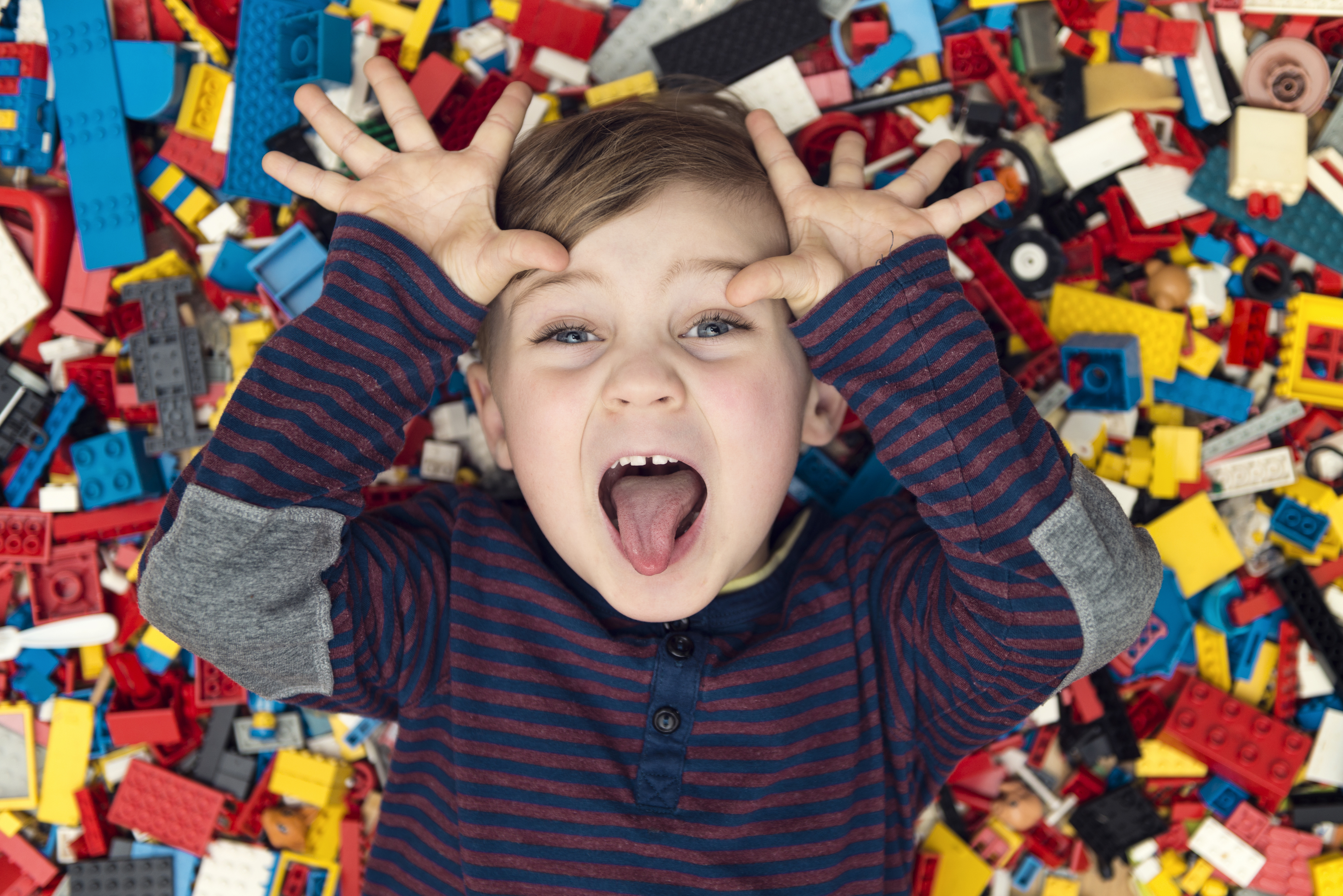
Every parent has been there.
Your house is just overflowing with toys. Broken toys, whole toys, toys that make music, toys that involve glitter and paint—they’re all just lying around, and the clutter is slowly but surely taking over the house.
Believe it or not, parents are not the only ones suffering.
Toy overflow also overstimulates children and shortens their attention span. It’s hard for them to focus on one toy and play calmly when there are too many options. The result - children do not learn to explore their toys and learn how to enjoy them. This leads them to demand new ones. Ignoring the fact that you’ve had your fair share of pain from accidentally stepping on the legos they already possess, if little Jessica is tired of her toys, that means she’s just outgrown them and needs new ones, right?
Not necessarily.
There is a very simple solution to toy overflow, and it’s called toy rotation.
Toy rotation involves putting certain toys aside for a specific amount of time and then swapping them out with the toys your children played with most recently. The actual timeline depends on the individual family, and possibly even the season, but the idea is that not every toy will be available for play all at once. One example is putting three-quarters of your child’s toys into three separate boxes and leaving the remaining quarter of toys out. Then, after about a week, for example, you can pack up the toys that have been out and replace them with the toys in one of the boxes.
There are many benefits to toy rotation. For one, your home will be tidier! True, simply rotating the toys your children play with won’t magically make your home a spotless haven, but it will lessen clutter and make clean-up time much easier.
Children will also be less overstimulated and be encouraged to play more creatively with the toys that are within their reach. A study published in the journal Infant Behavior and Development, for example, found that having fewer toys around can lead to more creative and engaging play among toddlers.
With those benefits in mind, here are five tips on how to make the best of toy rotation:
Throw away broken toys. Start off by taking an inventory of all the toys in the house and throw away anything that is not whole or beyond repair. Is a puzzle missing several pieces? Has a motorized toy been hanging around long since it stopped working? Did a stuffed animal get stripped of its stuffing? Such items need to go straight to the trash. If your child has outgrown any toys or not touched a certain one in months, those toys need to go, too. Show no mercy.
Divide the toys evenly. Toy rotation doesn’t mean there won’t be painting for two weeks. You don’t want to completely banish, for example, musical toys, as tempting as that sounds. Divide your child’s toys by category, such as thinking toys and stuffed animals and arts and crafts, and then put toys from each of those categories into three to four boxes. That way, whenever you bring out a box of “new” toys, your children will still have a variety of activities from which to choose. Make sure to store these boxes in a place where your child cannot see or access them. Out of sight, out of mind.
Consider using a toy rental service. Subscription services such as Pley and Green Piñata Toys provide new toys every month that can be sent back after they’ve been enjoyed. It’s a great way for children to try new things without going through a large expense. (How many times have we, as parents, purchased toys for our children only for them to stop showing interest after a day or two?) And if your little one really, but truly, loves a toy they received, the subscription service you use might even have an option to buy it out.
Bend the rules just a bit. Chances are, your child does treasure certain toys and plays with them on a regular basis. Does little Hunter love his Legos? Is Sarah partial to her Barbie dolls? If so, consider simply leaving those toys out permanently. There’s no need to deprive your children of a favorite toy if they are truly enjoying it. Plus, it might be difficult to store larger toys such as wooden bead mazes and kitchen sets. If that’s the case, do not feel guilty about simply leaving them out.
Have fun with toy rotation! With the right tools and attitude, toy rotation can be a lot of fun. Keep your children engaged in the process by letting them pack up the “old” toys and unpack the “new” ones. Toy rotation can also serve as a lesson in gratitude and patience. Children have a chance to practice their waiting skills for the next rotation. Toy rotation also gives them a chance to get happy and excited when it’s time for their toys to come back, so to speak.
Bottom line: Toy rotation is a great way to encourage creative play, prevent overstimulation and reduce clutter around the house. In rotating their children’s toys, parents have the chance to incorporate lessons of gratitude, patience and delayed gratification. With the holiday season behind us, that’s definitely something to celebrate!
